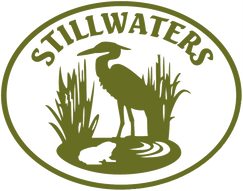|
Last month we talked about Sitka spruce trees and how to identify them. This month let’s discover a tree that is very prolific in our local ecosystem and one that has a very high commercial value - the Douglas fir. The Douglas fir is not a true fir, hence the scientific name Pseudotsuga menziesii. The genus name Pseudotsuga is Latin for false fir. This tree is also in the Pine family as are the Spruce trees. The Douglas fir is the tree of choice, along with Western Hemlock, for construction. A visit to Kingston Lumber will prove this as most of the dimensional lumber there is marked Hem/fir. Most replanting of clear-cut areas or selective cut areas are replanted in Douglas fir seedlings.
When I worked for the Shelton Ranger District (National Forest) in the 70s the common practice was to clear cut a unit of trees, burn the slash and replant with Douglas fir. If you look at an old clear-cut area that has grown back, it is most likely all planted Douglas fir. This tree is shade tolerant so it usually does not establish itself on a sunny area unless it is planted. Areas that are not planted with Douglas fir usually grow back initially in alder or (I hate to say it) Scotch broom. Douglas fir covers a wide area in the northwest from Alaska to central Oregon usually west of the Cascade Range. This tree can grow up to 300 feet in height. Young Douglas fir trunks have smooth bark with resin blisters. Older mature trees have dark brown bark that is deeply furrowed. This provides a good mnemonic for identification: deeply furrowed = Douglas fir. Branches are spreading to drooping. The leaves are evergreen, needlelike and spreading in all directions off the twigs. The seed cones of this tree can be a dead give-away to identification. The cones are dangling, reddish brown to gray, oval and 2.5 to 4 inches long. The cones will have what is called a bract at the top of each seed on the cone. These bracts will have three fingers sticking out from under each cone scale and this is one of the best distinguishing features for identification. Go out and identify this common Kingston area evergreen tree.
0 Comments
Your comment will be posted after it is approved.
Leave a Reply. |
AuthorKen Patterson; Board President Archives
May 2021
Categories |
|
FIND US ON SOCIAL MEDIA
|

 RSS Feed
RSS Feed

